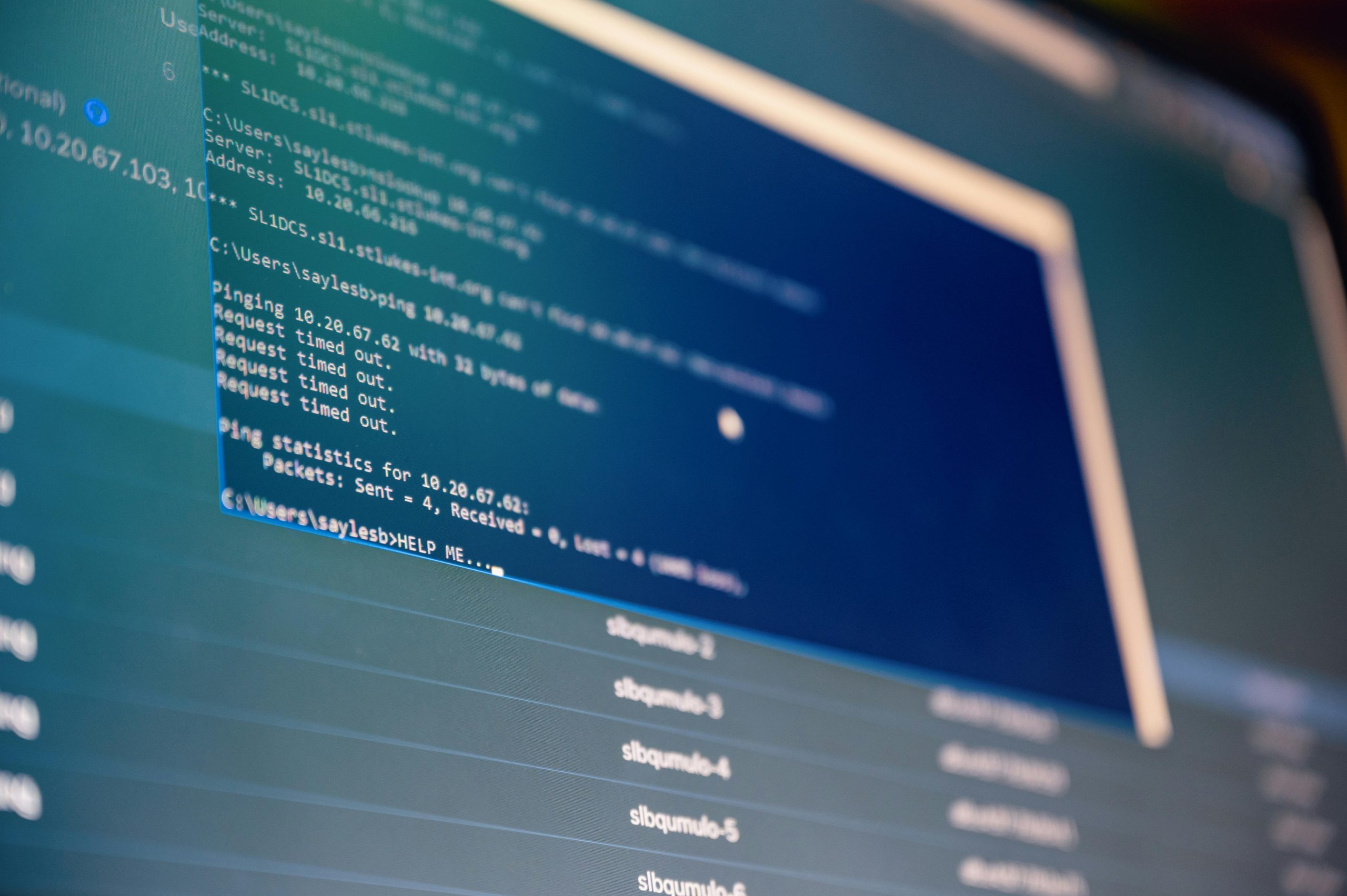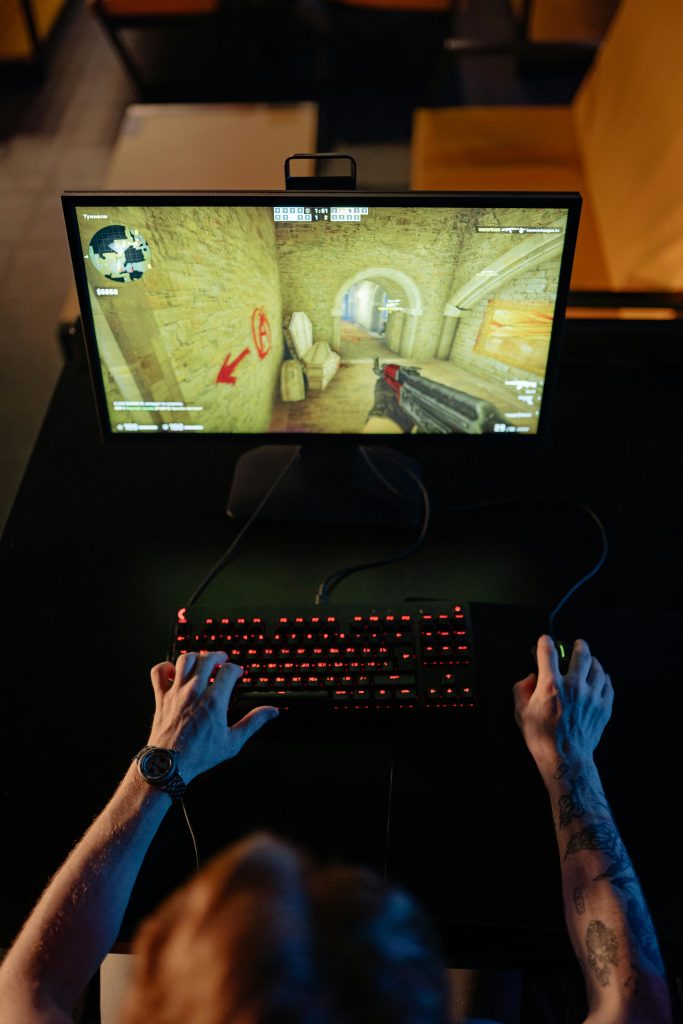Troubleshooting Backup Failures on Windows 10: Resolving VSS Error Code 0x80780029
When managing critical system data, creating reliable backups and system images is essential. However, users transitioning their Windows 10 system from Legacy BIOS to UEFI often encounter issues with the Volume Shadow Copy Service (VSS), which can prevent successful backups. One common error code in such scenarios is 0x80780029, accompanied by the status STATUS_WAIT_1 (0x80070001). This article explores the root causes of these errors and provides a comprehensive guide to resolve them.
Understanding the Context
Scenario Overview
Recently, a user aimed to switch their Windows 10 system from Legacy BIOS with MBR partitioning to UEFI mode. The process involved significant disk and partition adjustments, including moving the System Reserved Partition (SRP) to the same disk as Windows and configuring the Boot Configuration Data (BCD) accordingly.
Encountered Issue
Post-configuration, attempts to create a system image or backup result in VSS failure, specifically indicating an error with reading from the Volume Shadow Copy. Despite running standard repair utilities like sfc /scannow, and DISM commands such as dism /online /cleanup-image /restorehealth, the problem persists.
Common Causes of VSS Backup Failures
- Partition and Boot Configuration Changes: Moving or modifying the System Reserved Partition can disrupt the VSS’s ability to read system data.
- Corrupted or Misconfigured VSS Components: DLL files related to VSS might be damaged or improperly registered.
- Corrupted System Files or Disks: Underlying file system or disk issues can hinder snapshot creation.
- Service Dependencies and Registry Errors: VSS relies on several Windows services and registry settings that may be misconfigured.
Step-by-Step Troubleshooting Guide
1. Verify Disk and Partition Integrity
- Run
chkdskto check for disk errors:
bash
chkdsk C: /f /r
- Use Disk Management to confirm partition status and ensure the System Reserved Partition is active and correctly configured.
2. Confirm Boot Configuration
- Use
bcdeditto verify that the boot entries are correctly pointing to the active system partition. - Ensure the Correct Partition is marked active, especially after moving it.
3. Check VSS
Share this content:



